Rostov Museum of law enforcement history
Accuracy - the politeness of kings. The museum staff acted royally and the tour began at exactly twelve o'clock in the afternoon. About twenty people came, not only invited bloggers, but also “ordinary people” who are not related to LJ. Obviously, only one announcement of the festive Open Day may be of interest to the people.
At the entrance to the hall number 1, museum visitors encounter a bust of Felix Edmundovich Dzerzhinsky and his famous statement: “The population’s concept and idea of a policeman should be associated only with honesty, fairness, legality, politeness, culture and other best qualities of impeccable people ...” . This thesis is over ninety years old, but it still retains its relevance, like so many other obvious things.
The layout of the first hall is made in such a way that the incoming visitor, after reading the statement of Iron Felix, first gets to the stand, which presents documents and artifacts of the first years of Soviet power. Here it is necessary to make a small reservation, which should prevent the claims of readers. In the Museum of the History of Law Enforcement Authorities of the Don, as well as at any other similar exhibition “object”, photography of exhibits is prohibited. However, the guide kindly allowed visitors to shoot the general plans of the halls and take pictures against the background of shop windows and stands. Since one of the main goals of my visit to the museum was an improvised photo essay, I had to agree with the local rules and get along with the general plans and photos of visitors against the background of the exhibits.
The history of the Don militia officially began on February 11 of the year 1920. Shortly before the formation of the Don Oblast, the Military Revolutionary Committee of Rostov and Nakhichevan-on-Don (an Armenian city, later incorporated into Rostov-on-Don) decided to create a common militia for both cities. The same order number XXUMX meant the creation of law enforcement agencies, divided into four main services: the office (administrative apparatus), a criminal investigation desk, a detention house (detention center) and a command post. It is worth noting that the formation of youth squads occurred even before the official creation of the police, however, 22 is considered February 11 of the year to be the birthday of this service.
The first years of service were very, very difficult: during the Civil War, criminality, which had to be urgently dealt with, got from all the cracks. In addition, the so-called political banditry was a direct consequence of the division of the country into the opposing camps. This definition included gangs of criminals who tried to cover up their crimes with certain political views, different from the Bolshevik. The war with the bandits cost the police very dearly: in the course of operations to eliminate them, about 500 law enforcement officers were killed. Yes, and living conditions were far from simple. In the Museum at the State Department of the Interior, legendary sandals of police officer Izmail Zamuldinovich Slakhutdinov are kept. The history of this exhibit to the banality is simple, but at the same time perfectly illustrates the conditions in which the first Don policemen had to work. During the issuance of new uniforms Slakhutdinov lacked a pair of boots. Providers had to look for a way out, which turned out to be the very sandals. Fortunately, soon there was a new arrival of clothes and shoes, because of which bast shoes could live to the museum stand. Similarly, the situation was with weapons. Often, the police had to detain with one revolver for several people - the main weapon of the group in this case were simple wooden sticks.
But even in conditions of extremely poor supply, the first Rostov militiamen successfully fought against criminality. Over the course of several years, hundreds of criminals, as well as several dozen gangster organizations, were discovered, arrested or liquidated. In the first half of the twenties, the war on crime passed its peak. Thanks to the elimination of the bulk of political and criminal gangs, over time, the work of the policemen was reduced to investigating less frequent crimes, although it was not necessary to remain idle. In the early years of the Don militia, such employees as I. N. Khudozhnikov, V. T. Cherepakhin, S. I. Sabinin, G.I. Myshansky and others. By that time, the Don Regional Police Department was formed, the head of which was appointed F.S. Fedyakin.
After the first major victory over banditry, a relatively quiet period began, during which, among other things, the police improved their financial situation. The first uniform form was introduced with a white tunic and red buttonholes, and the bast shoe incidents no longer occurred. However, the struggle did not stop. Criminal crime still existed and occasionally reminded of itself. Police responded to the threat of raids and arrests. The results of these operations are visually represented in the museum with copies of reports, orders, as well as real samples of weapons seized from the villains. As follows from the exposure, the bandits preferred the edging of rifles and rifles, in particular the Mosin rifles. However, they did not disdain "Naganov" and various melee weapons. Unfortunately for criminals, “full-fledged” weapons and good preparation turned out to be much more effective: the rout of the gangs and the “raspberries”, as well as the arrests of the “independent” criminals were carried out regularly and almost led to the complete elimination of criminality. The state appreciated the work of its law enforcement officers and did not stint on awards. The Museum of law enforcement agencies presents several sets of awards, transferred to relatives of police veterans. Also among the exhibits there is a premium weapon, both whole and partially: one of the nominal pistols is “represented” only by the cheeks of the handle with a memorable engraving.
The thirties of the last century were relatively calm in terms of crime, especially compared to the beginning of the twenties. However, the calm thirties ended and they were replaced by formidable forties. With the beginning of the Great Patriotic War, dozens of law enforcement officers went to the front as volunteers, and the rest ensured order in the city. In memory of those harsh times in the museum, a bombed-out wall of a house with a loudspeaker and a diorama were made, depicting the 1941 battle of the year, when Rostov militiamen and students of the Novocherkassk school of militia defended the railway bridge across the Don River.
Large losses of personnel were not in vain - the war ended with our victory and the police returned to peaceful work. In the postwar years, there were no such high-profile cases as in the twenties. However, such a lull was only temporary.
October 7 Three thugs tried to hijack a car for the subsequent robbery of the State Bank. The driver D. Arutyunov was able to escape and report to the police, because of which the criminals V. Tolstopyatov, V. Gorshkov and S. Samosyuk decided to stop the implementation of their plan. Over the next five years, the gang, which also included Vyacheslav Tolstopyatov’s brother (first attacker) Vladimir, committed several successful robberies. The bandits used black stockings as masks, which is why they got the nickname “Fantômas”. However, technical equipment of the gang is of greater interest. The Tolstopyatov brothers in handicraft conditions produced four revolvers, three submachine guns and several grenades of their own design. In addition, for their weapons, they independently made and cartridges.
However, this did not help them. In June, 1973, a gang was discovered after another robbery. The pursuit, the collision of a car of bandits with a train and the further exchange of fire ended in arrest. One of the criminals - Samosyuk - was killed during the arrest. It is noteworthy that in some way he fulfilled his dream. During interrogations of other gang members, it turned out that Samosyuk dreamed of dying on a bag of money, which happened to him after a well-aimed policeman shot. The remaining gangsters received a death sentence.
After the Fantomas case, there were several other high-profile investigations related to serial murders, for example, Operation Windbreaker, but during the tour a small “leap in time” was made. First, visitors to the museum were told about the riot police and SOBR. The first were created in the late eighties to control public events that could potentially escalate into unrest. The purpose of the second, organized in the early nineties, were various operations to apprehend dangerous criminals, as well as assistance to riot police and other police units.
In just two decades of its existence, riot police and SOBR managed to participate not only in those operations for which they were originally intended. Thus, the Rostov fighters of these detachments repeatedly traveled to the Chechen Republic to participate in maintaining law and order. Many employees died in the performance of their duties.
To the left of the memory wall is a neutralized improvised explosive device brought by Ministry of the Interior bombers from Chechnya. The terrorists manufactured it from an 122-mm artillery shell, a walkie-talkie and some electrical components. The explosion of such a mine could destroy several dozen people and / or invalidate any transport communications, for example, a small bridge. In addition to the improvised explosive device, the Rostov militiamen who worked in Chechnya donated several other trophies to the museum. Among them, a shot for the 2А28 “Thunder” gun, a balaclava mask, a flag of the terrorist detachment and even epaulets of the field commander. The former owners of all these things were either destroyed or put on trial.
It is worth noting that the seizure of various weapons occurred not only in Chechnya. The photo above shows a showcase with confiscated pistols and revolvers, as well as a two-handed sword. An interesting story is connected with the latter. In the late eighties, a certain K., an employee of an electric locomotive repair plant, got into the habit of carrying spring steel from work. He did not give up the assigned plates into scrap metal, but used them for specific creativity: he made from them, as it seemed to him, the models of cold weapons for his own collection. For the time being, everything was quiet and calm, but in 1989, the “gunsmith” quarreled with his neighbor, who in retaliation reported the improvised production to the police. As a result of a search in the house of the “gunsmith”, several swords stylized as weapons of the Middle Ages and newer times were discovered. Examination showed that the works of master K. are cold weapons. "Gunsmith" condemned, and one of the swords handed over to the museum. It is noteworthy that the museum handle is covered with small spherical protrusions, which would make the sword unsuitable for use. However, the blade meets all the parameters for which the blade becomes a melee weapon.
In the mid-nineties, during the First Chechen Campaign, on his own initiative, police colonel V.V. went to the Caucasian republic. Burakov, who was at that time the head of the city’s criminal police. After a trip of several months in length, he returned to Rostov and soon received the rank of major general. In 2002, Viktor Vasilyevich Burakov resigned. On the occasion of the festive Open Day, he visited the museum and told the museum's excursionists about their workdays and the most notorious affairs in which he participated.
It should be noted that the story of the general attracted a lot of attention of tourists. Despite the fact that he spoke mainly about the case of the maniac A. Chikatilo, which has long been studied by the public and the new details do not appear anymore, the story from a direct participant in the operation "Forest-Belt" was very, very interesting. Visitors to the museum surrounded Burakov with such a dense ring that I had to wait for the end of the event in order to take a good picture of it.
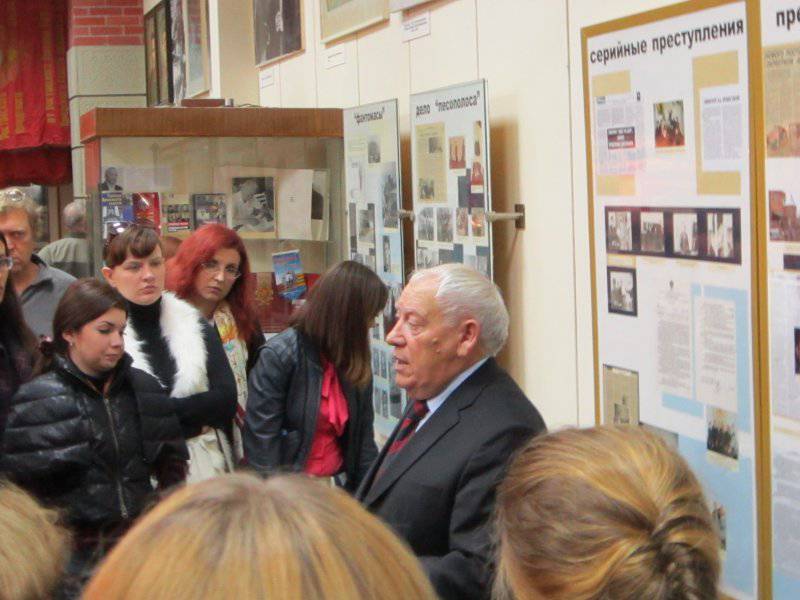
It was not immediately possible to break through the “cordon ring”, so the first photos had to be done through the heads
Burakov talked a lot and for a long time. In his improvised lecture, he touched on virtually all aspects of the Chikatilo case: from the first versions of the investigation to the actual transfer of materials to court. Among other things, Major General cited several interesting facts that could only be heard from the direct participant in the investigation. For example, he spoke about some of the details of the involvement of the psychiatrist A.O. Bukhanovsky. In addition, as the former head of the operational team involved in the case, Burakov complained about the not-quite-good end of the investigation. As it turned out, in view of the unfavorable public resonance around the serial murder case, none of the investigators received any state or departmental awards. The authorities decided that there would be enough salary increases and other cash thanks.
Viktor Vasilyevich told a lot, for a long time and interestingly. It is so interesting that at the end of the tour some bloggers regretted their “mistake”: listening is good, but the audio or video of the story would be much better. Unfortunately, such a good idea appeared after meeting with the general.
Another not very pleasant feature of a long conversation turned out to be a bit knocked down "schedule" of the event. The fact is, the Museum of the History of Law Enforcement Agencies includes two exhibition halls. The first one presents the modern history of the police and the police, beginning with the formation of the RSFSR and the Soviet Union, and the second presents exhibits relating to the pre-revolutionary history of law enforcement in Rostov and Nakhichevan-on-Don. While General Burakov talked about the details of the search and capture of maniac Chikatilo, the guide invited everyone to go to room number XXUMX and get acquainted with the history of the police of the tsarist times. Since my plans included not only going to the museum, but also a story about him, I agreed with this proposal.
In the first years after the foundation of Rostov-on-Don, Cossack patrols were engaged in law enforcement. Soon the Military Chancellery of the officers' affairs was formed, which in 1775 was transformed into the Civil Government. This organization carried out all the functions inherent in the internal affairs bodies, of course, adjusted for the conditions of that historical period. After the 1820 year, when major changes took place in the structure of the Ministry of the Interior (which was then joined by the Ministry of Police), the law enforcement agencies in the field also underwent significant restructuring.
As for Rostov and Nakhichevan, one of the main changes in the structure of the police was the organization of professional law enforcement units that replaced the Cossacks. At the same time, the latter continued to help the police maintain order in Rostov-on-Don for quite a long time. Perhaps the most prominent elements of the exposition in Hall No. XXUMX are the renovations of the police chief’s office (city police chief) and the police station (precinct) booth. Both dummies are dressed in authentic form.
Interesting insignia okolotochnogo. On his shoulder straps there are braces, which speak of a personal rank, and by the cap you can determine the city and the area where he works. The stamped coat of arms of the city is fastened on the headdress of the headdress, and a sign with the number of the area is fixed on the ring. Thus, the authorities or the citizen could immediately determine who they were dealing with.
The work of the pre-revolutionary police was not easy. In particular, until a certain time there were serious administrative problems. So, the Nakhichevan gangsters tried to industrialize in Rostov, and the Rostov ones - in Nakhichevan. The fact is that the cities had their own administrative bodies and, as a result, their own independent police departments. Because of this, the Rostov police could not catch the criminals in Nakhichevan, and the Nakhichevan police turned out to be powerless in Rostov. In order to avoid such problems, in the middle of the XIX century the police departments of both cities were merged. City administration, as before, remained independent of each other.
In one of the windows of the second hall there are fake money of pre-revolutionary time. In those days, forgers of our region lived and “worked” mainly in Nakhichevan. Because of this, fake banknotes were called Nakhichevan or bearish. The last nickname of fakes was associated with one "tradition" of counterfeiters. Several times during the raids, the police had to defend themselves against bears held by criminals. While the law enforcement officers were dealing with the beast, the owners of the house managed to destroy most of the evidence.
The united police of the two cities existed until March 1917, when the Provisional Government abolished the Police Department and founded the so-called. national militia. The latter in some way became the ancestor of the modern law enforcement bodies.
When we returned from Hall No. XXUMX, General Burakov had already finished his story about the events of the eighties, after which the museum visitors began to ask their questions. They were interested in many things: from the psychology of crime to the latest reforms of law enforcement agencies. Viktor Vasilyevich was skeptical about the reforms. He believes that without the right approach to the financial side of change, all reforms are simply useless, and sometimes even harmful. As an example, he cited the working days of his son, also an employee of the Ministry of Internal Affairs, who, due to the reduction in the number of personnel, is forced to be at work literally for days, and at the same time receive almost the same salary as before.
In the course of the “free talk”, the topic of the expediency of life imprisonment for especially dangerous criminals was raised. As always, the debaters did not come to a common opinion. Approximately with the same result, the conversation about the possibilities of preventing or even preventing serial killings ended. Nevertheless, even without reaching agreement, all the interlocutors were satisfied with an interesting discussion and new information.
Initially, the invitation of the Ministry of Internal Affairs included a tour of the base of the patrol and inspection service. However, during the events at the museum, bloggers were announced that the trip to the faculty members was postponed for several days and the date would be announced separately. And yet, despite this trouble, most of the people who visited the museum, I think, were pleased.
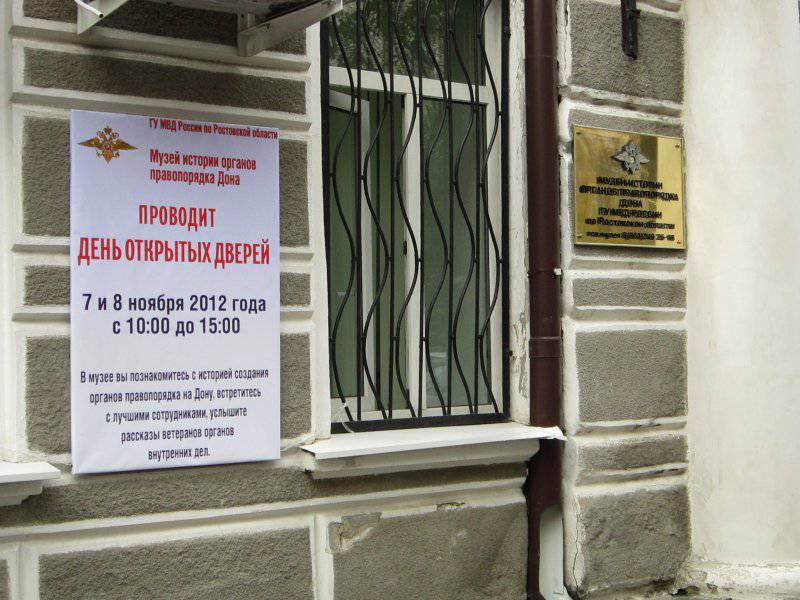
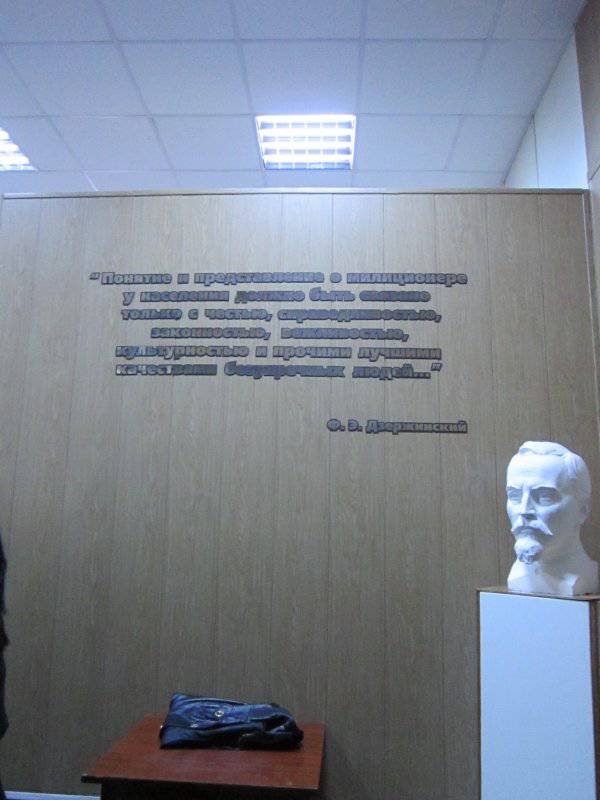
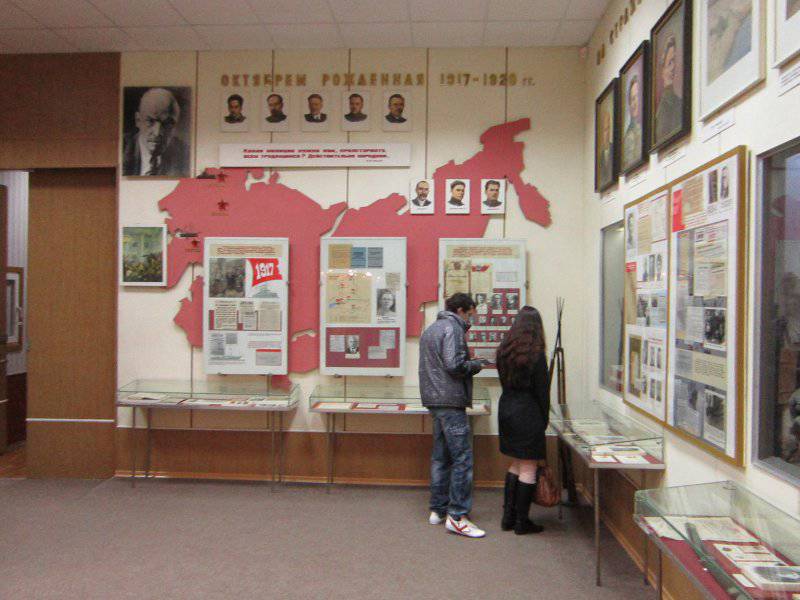
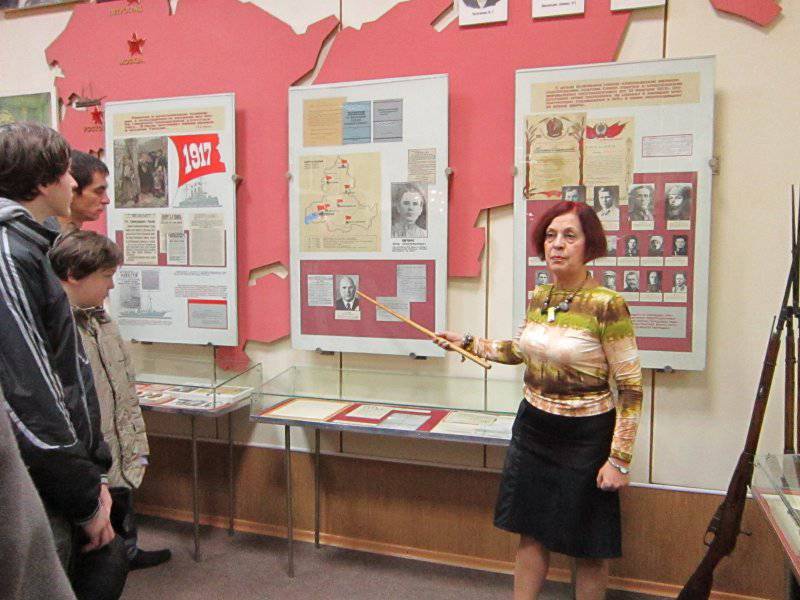
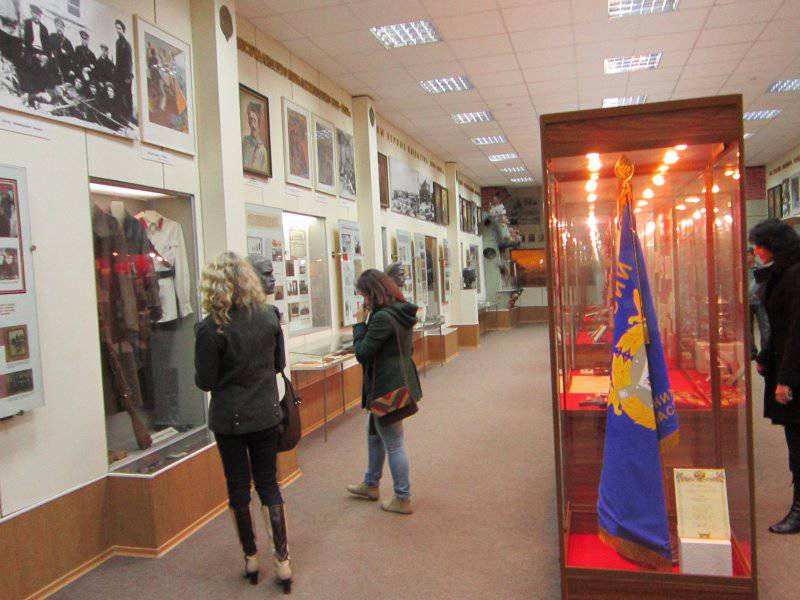
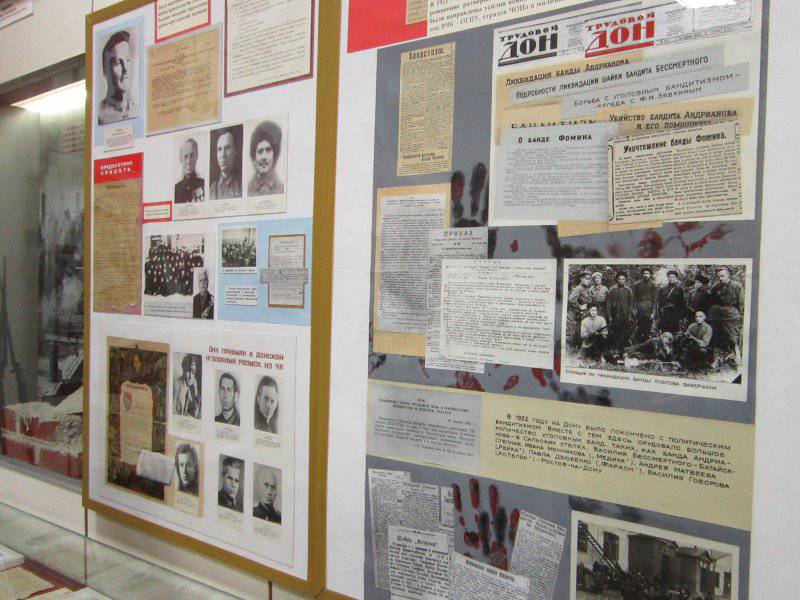
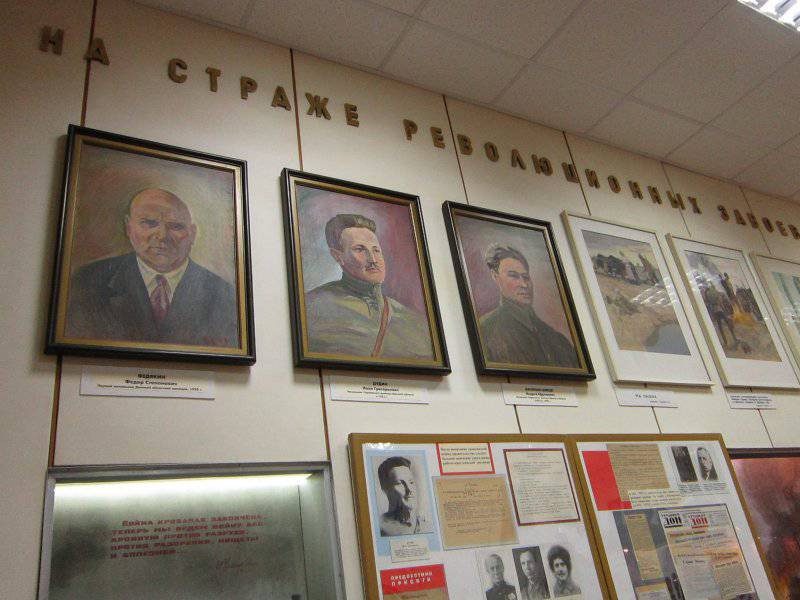
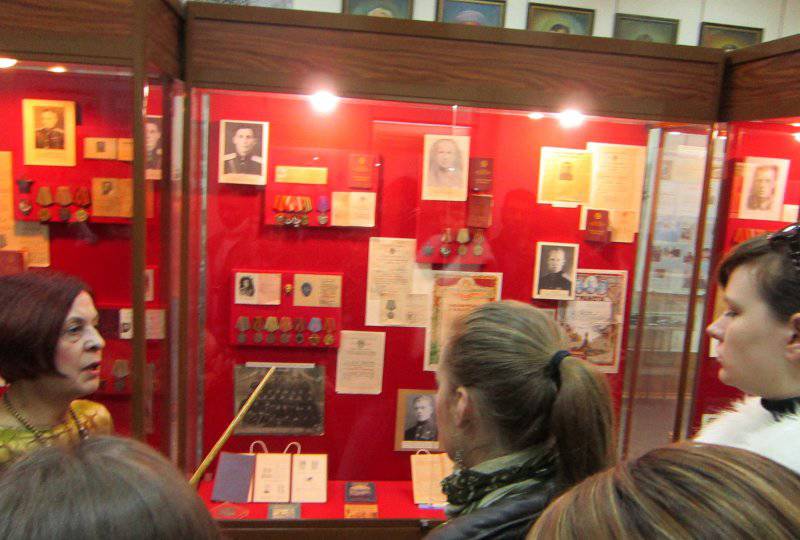
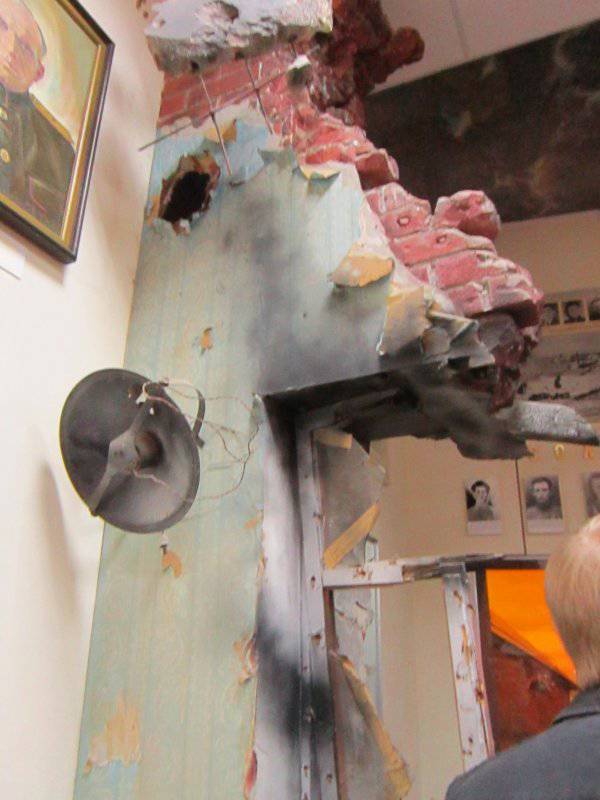
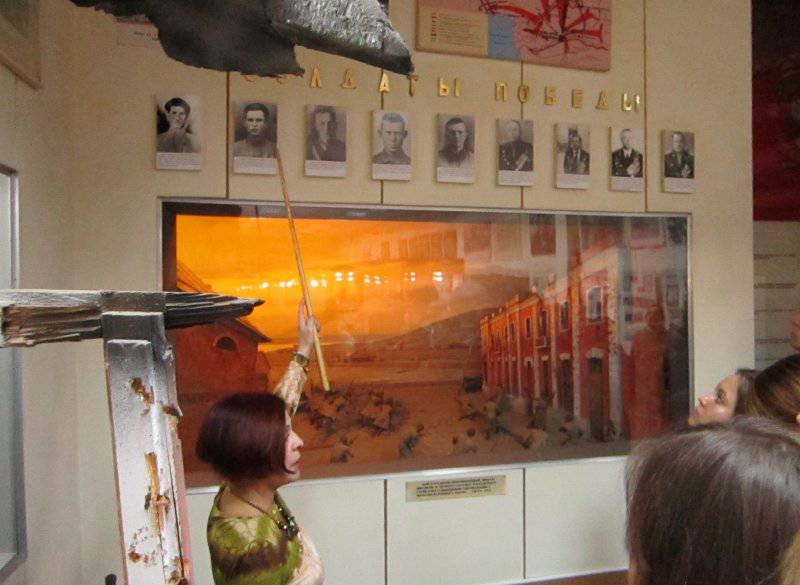
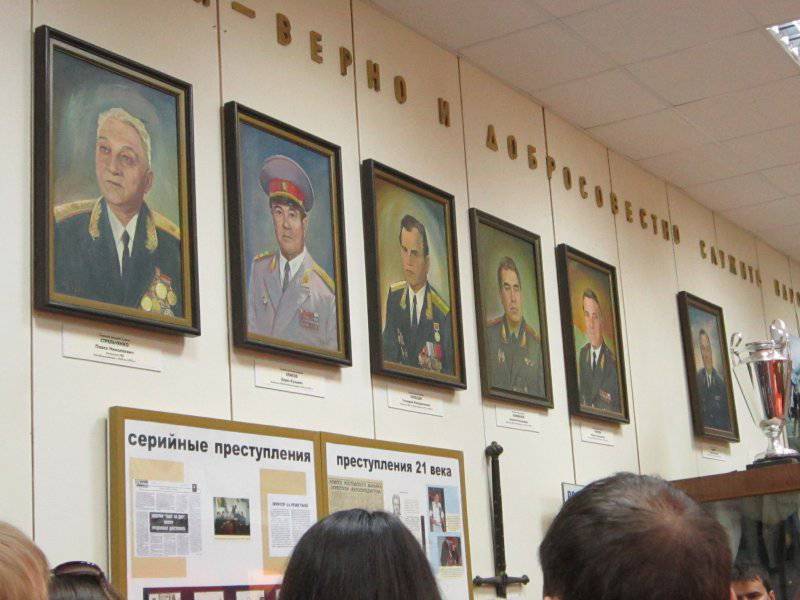
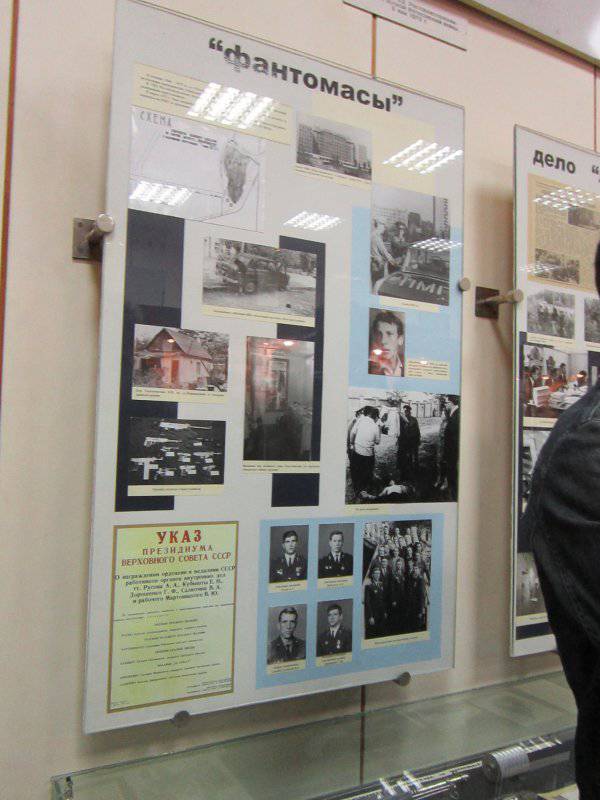
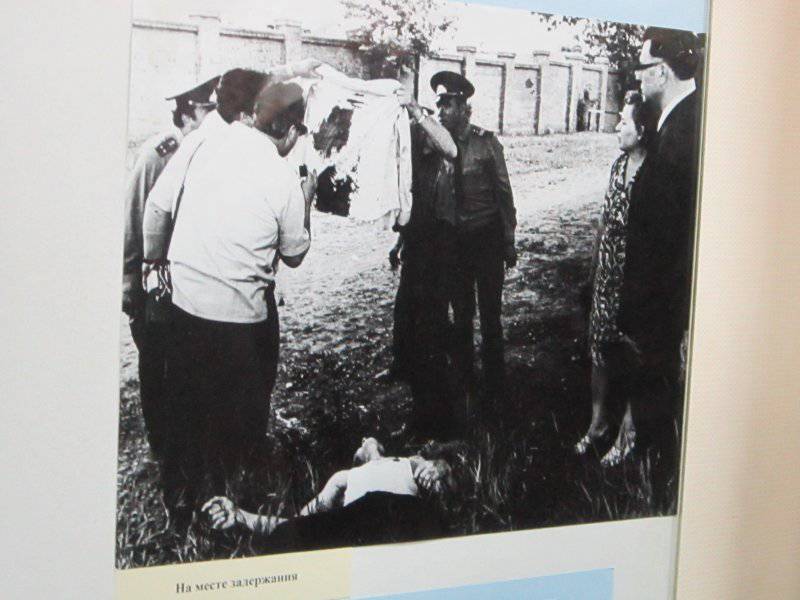
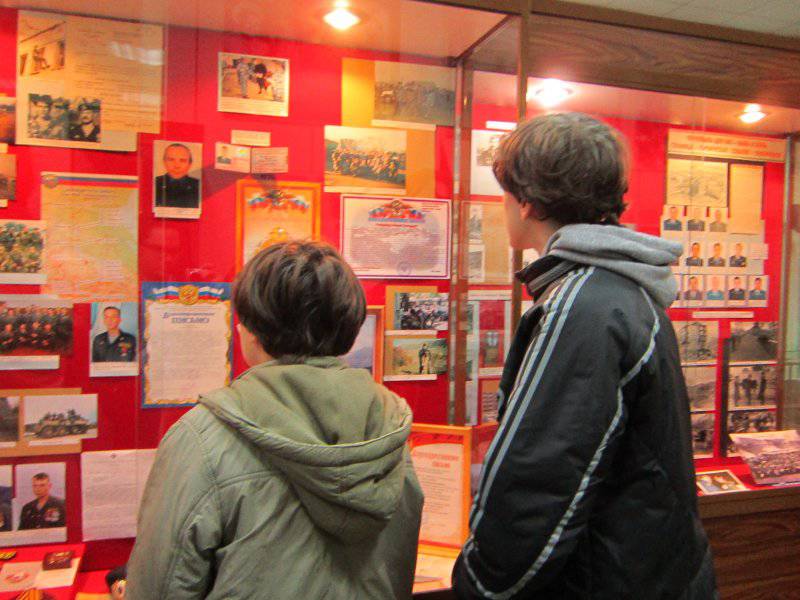
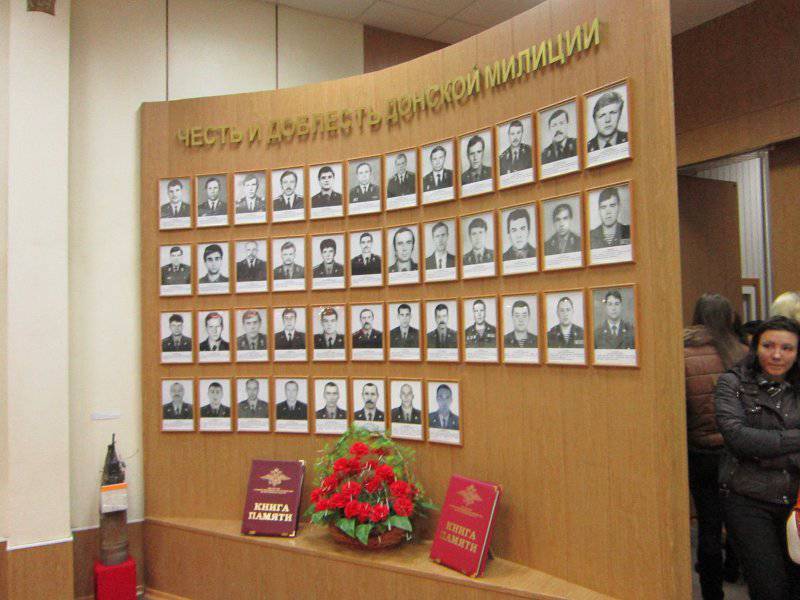
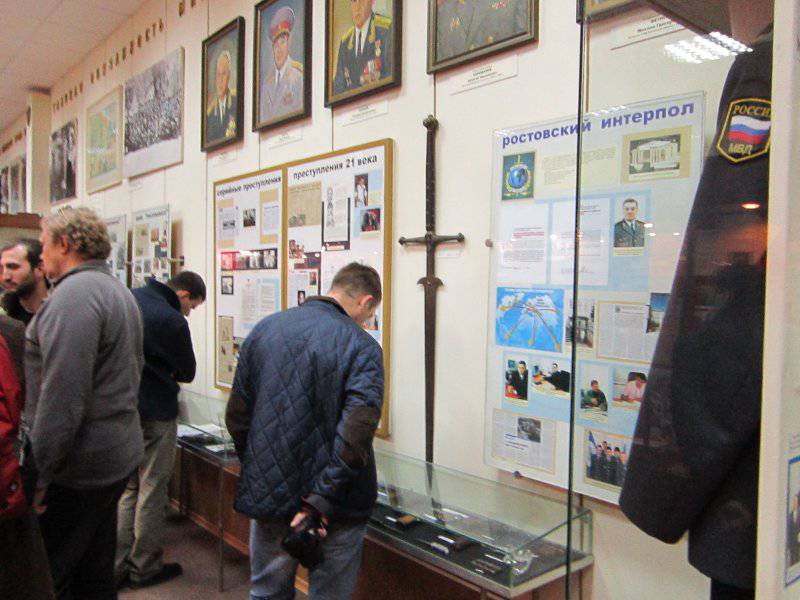
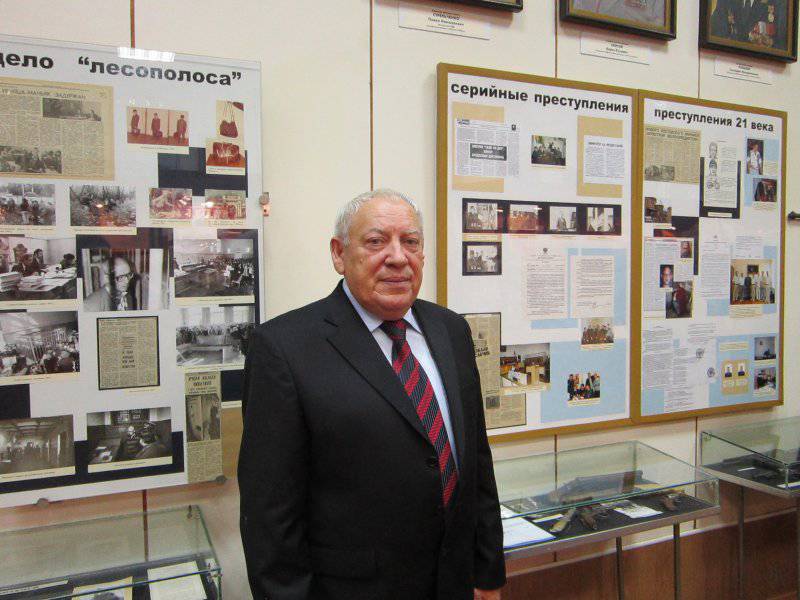
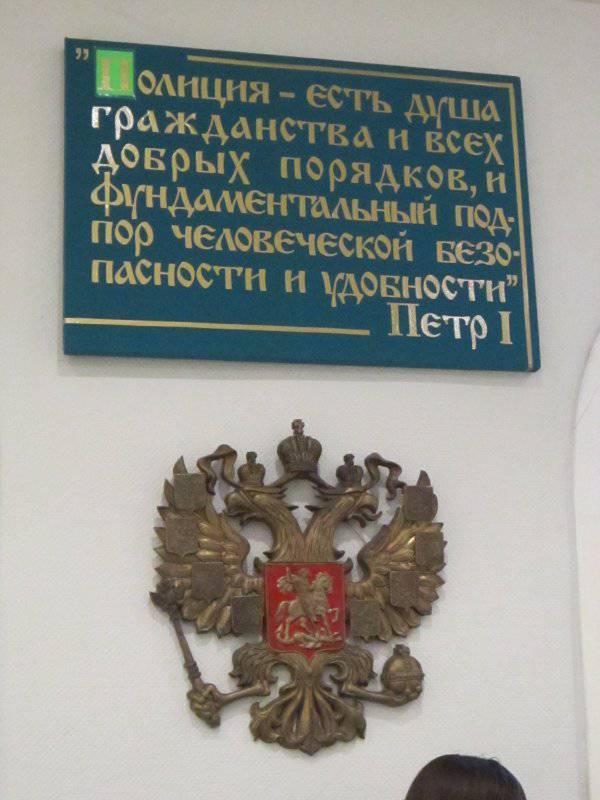
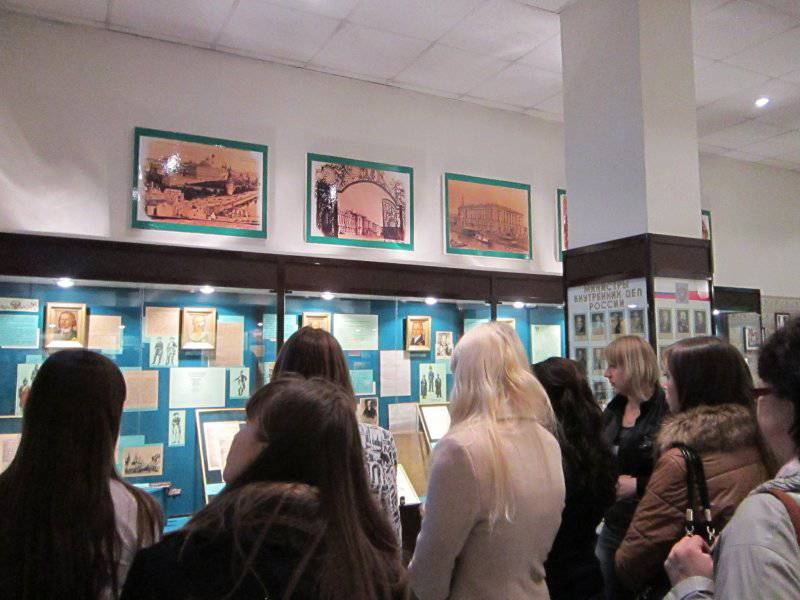
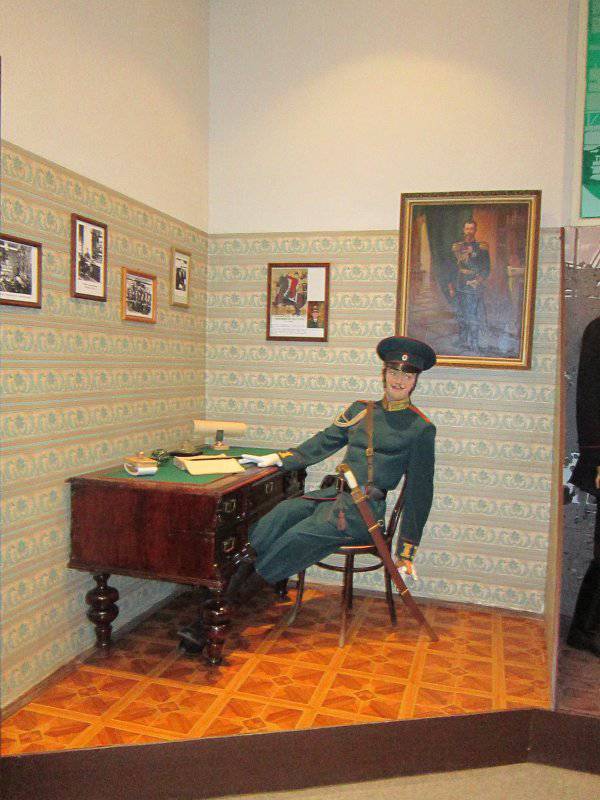
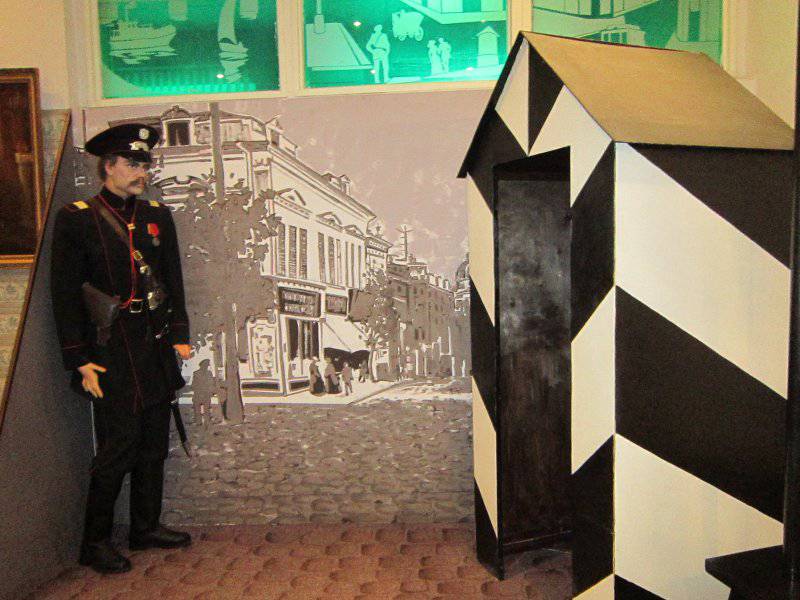
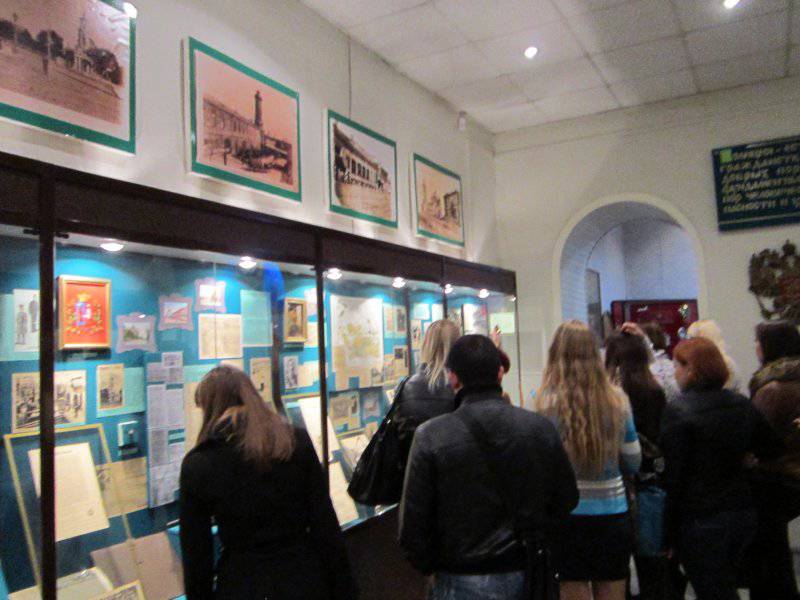
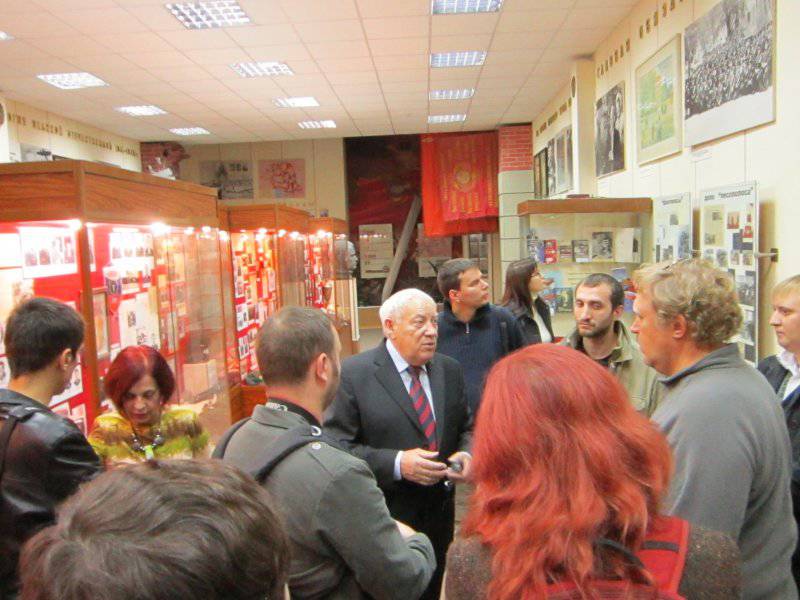
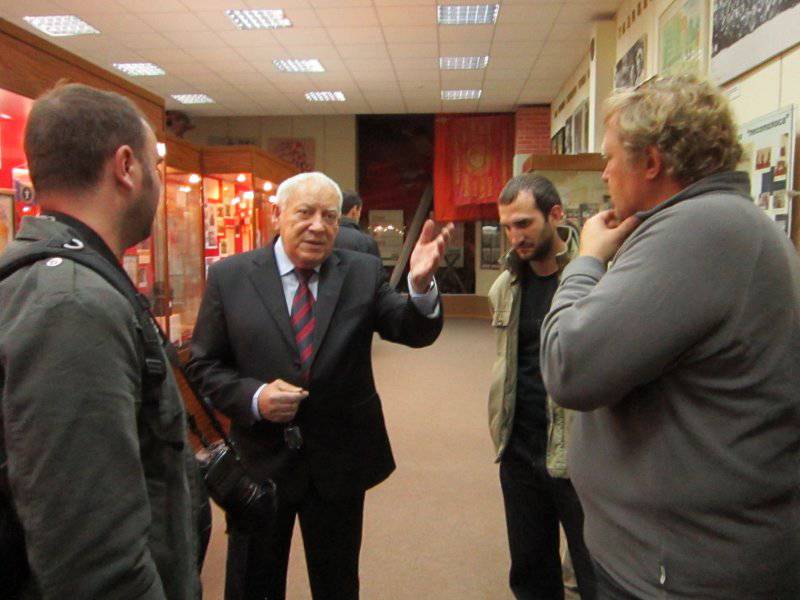
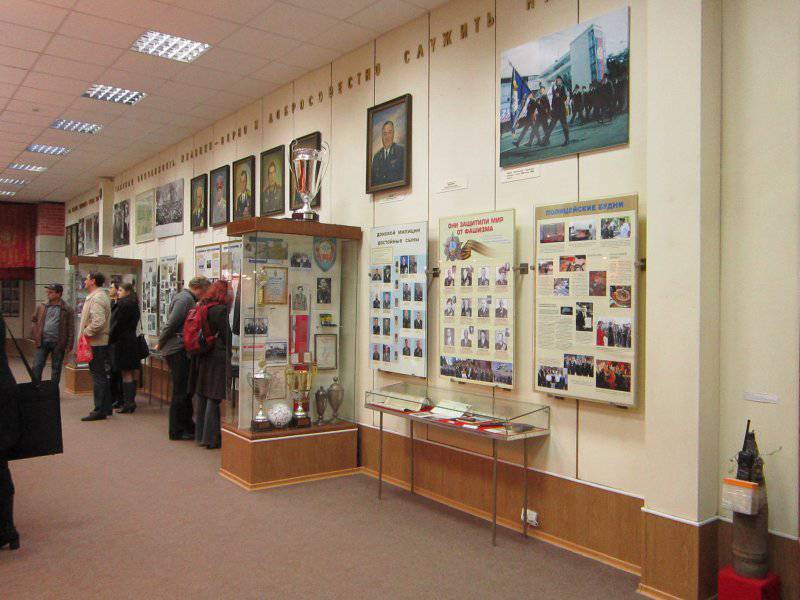
Information